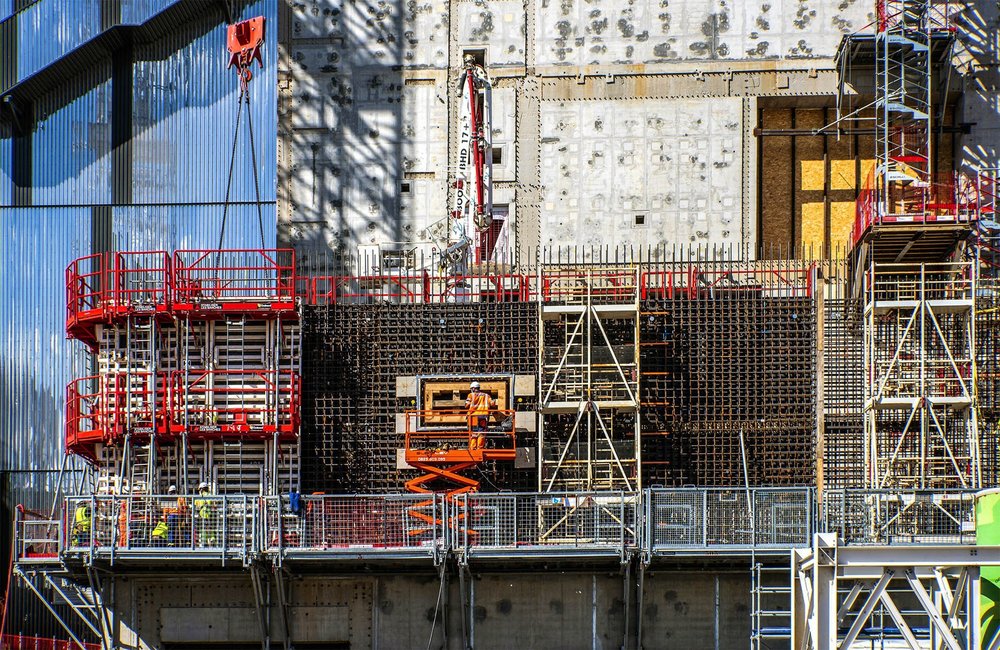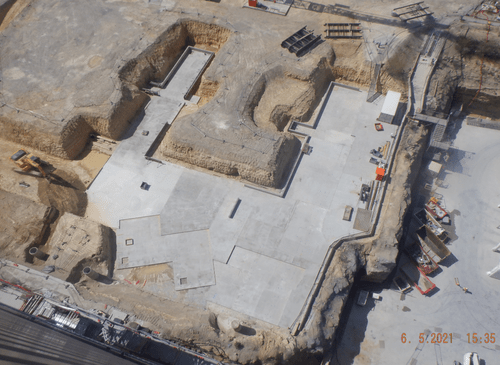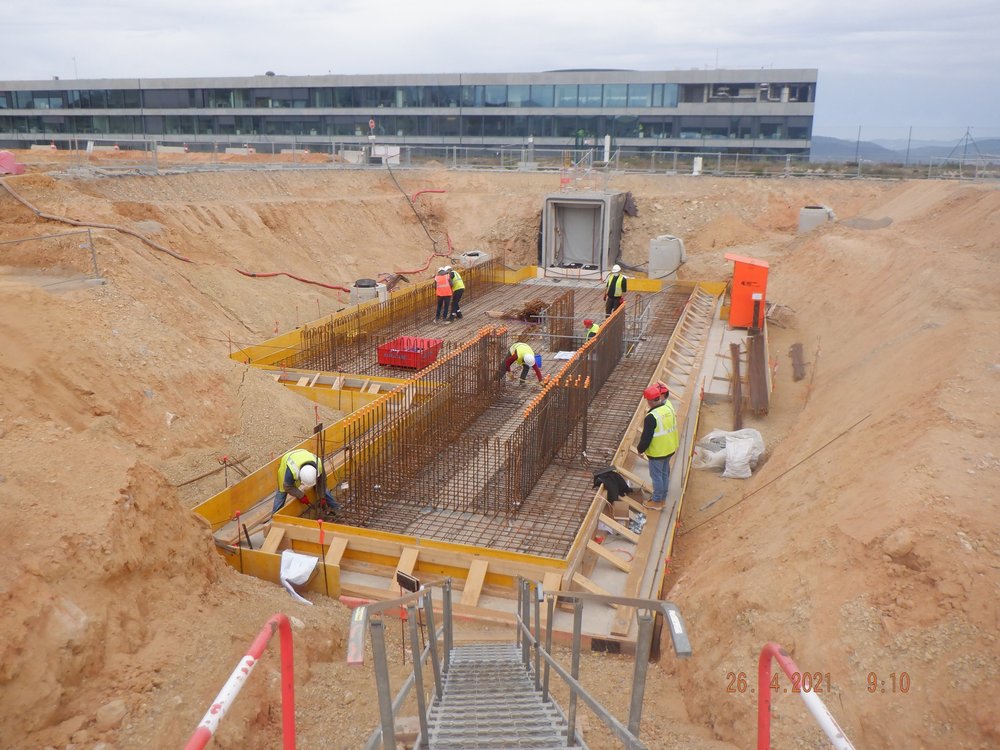ITER construction site moving in the fast lane

North view of the ITER construction site, Cadarache, France, May 2021 © ITER Organization/EJF Riche
Europe’s team has completed 78% of the buildings and infrastructure required for ITER’s first plasma operations. The workforces on the ground and the companies involved in civil engineering and buildings services remained focused on meeting their targets. Last year, new health and safety measures were rolled out to comply with COVID-19 protocols ensuring the well-being of staff and continuity of works. A year later, the collective effort paid off with more buildings completed, which were handed over to ITER Organization, in order to move forward with the assembly, and installation of equipment. In parallel, F4E signed new contracts and works have started in other buildings.
We spoke to Romaric Darbour, F4E’s Deputy Programme Manager for Buildings, Infrastructure and Power Supplies (BIPS) to tell us a bit more about the evolution of the works. “Last year marked a turning point in our project. Thanks to the determination of our teams, and contractors, we continued with works respecting the sanitary measures put in place to cope with the pandemic. We managed to deliver on time, in March 2020, the Tokamak building. This would not have happened without the collaborative spirit, enthusiasm and professionalism of all our partners from ITER Organization, F4E and our contractors. Works in the ITER Tritium building continued, the contract for the emergency power supplies buildings was signed, installation of services in the Cyroplant facility advanced. Moreover, new worksites have started taking shape, and the last phase of the site infrastructure works has begun.”

If there is one edifice that stands out on-site it is the Tokamak building—the “heart” of the experiment, the “home” of the ITER device. The civil engineering and finishing works are completed, the first major components have been installed in the pit, and the last floor will be painted in summer. Inside this massive fortress, the teams of F4E contractors are making progress with the installation of the shielding and confinement doors, which will protect the rest of the building from radiation. Currently, 250 doors are in place and by the end of August, the remaining 50 will be fitted. Special tooling and well thought through logistics have been essential to perform this task because most of these doors weigh several tonnes. Meanwhile, F4E is procuring and delivering for the Tokamak building, lifts, metallic platforms, cable trays, etc.

The Vinci Ferrovial Razel-Bec (VFR) consortium has also re-started pouring concrete in the Tritium building, after having signed a new contract towards the end of last year. One can feel the renaissance as teams are carefully positioning rebars. The activity is also upbeat in the area of the Neutral Beam Power Supplies building with excavation works completed by Demathieu Bard, and civil works about to start.

An injection of energy has also been felt in the area of power supplies, following the signature of the contract between F4E, Ansaldo Nucleare, and Monsud, for the emergency power distribution system, which is currently in design. Construction has also advanced with the foundations of the ITER Control building, aiming for its delivery by summer 2022.

Other buildings, however, have come full circle like the Site Services, and the Cleaning Facility, which F4E handed over to ITER Organization. What is remarkable about the site is the fact that it is constantly evolving. Some of these changes are unfolding inside the buildings. For instance, heating, ventilation, air-conditioning (HVAC) and piping works are advancing in the Cryoplant and the Radio Frequency buildings.
Those working and visiting the site, however, will instantly note other changes. For example, the last underground galleries will soon be completed paving the way for a definite road network with signs, making access and transport of equipment easier. Towards the end of the year, the construction site will have a new look.